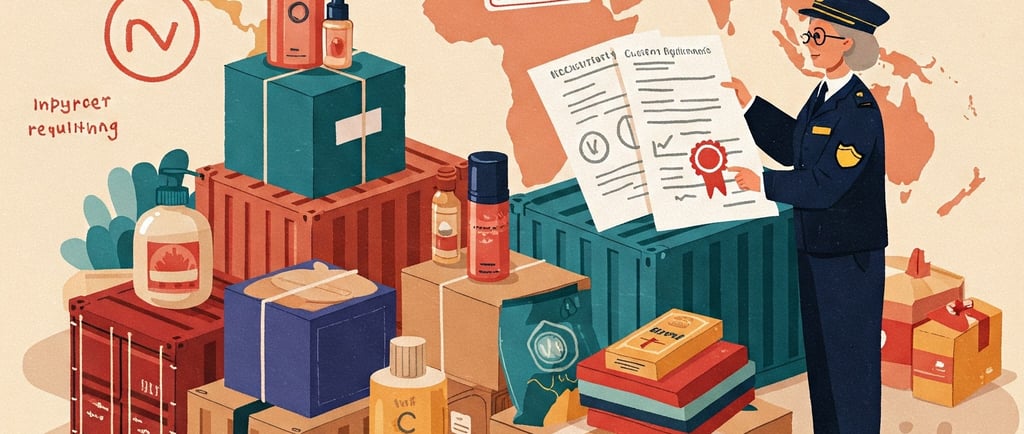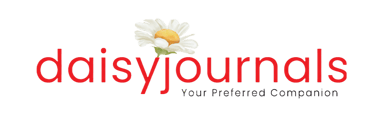Authorities compliance requirements for beauty and cosmetics products across Asia


Navigating the regulatory landscape for beauty and cosmetics products across Asia is essential for manufacturers and distributors aiming to enter or operate within this diverse and dynamic market. Regulatory requirements vary significantly among Asian countries, reflecting differing standards, cultural considerations, and legal frameworks. Below is an overview of the compliance requirements in select Asian nations:
Malaysia
In Malaysia, the National Pharmaceutical Regulatory Agency (NPRA) oversees the regulation of cosmetic products. Key compliance requirements include:
Product Notification: Companies must submit product particulars, including product name, type, intended use, and presentation, along with details of manufacturers, importers, and the responsible company.
Safety Assessment: Cosmetic products must not harm human health under normal or foreseeable conditions of use. A safety assessment is mandatory for each product.
Ingredient Compliance: The use of certain substances is prohibited or restricted. Products must adhere to specified limits for preservatives and UV filters.
Labelling Requirements: Labels must be in Bahasa Malaysia and/or English, providing product name, function, usage instructions, full ingredient list, country of manufacture, and manufacturer's batch number.HSA
Good Manufacturing Practice (GMP): Manufacturers must comply with GMP guidelines, ensuring consistent quality and safety in production.
Singapore
The Health Sciences Authority (HSA) regulates cosmetic products in Singapore, aligning with the ASEAN Cosmetic Directive (ACD). Compliance requirements include:
Product Notification: Suppliers must submit a product notification before supplying cosmetic products, except in specific cases like samples or products for research.
Ingredient Compliance: Products must comply with the ACD's annexes, which list prohibited, restricted, and permitted ingredients, including colouring agents, preservatives, and UV filters.
Labelling Requirements: Labels must be in English, detailing product name, function, usage instructions, full ingredient list, country of manufacture, responsible company's name and address, content quantity, batch number, and manufacturing or expiry date.
Advertising Standards: Advertisements must align with cosmetic definitions and be substantiated by scientific evidence, avoiding medical claims or modifications to physiological processes.
China
China has distinct regulations for cosmetic products, particularly differentiating between "general" and "special" cosmetics. Key points include:
Animal Testing: Imported "general" cosmetics may be exempt from animal testing if they meet specific criteria, such as holding Good Manufacturing Practice (GMP) certifications. However, "special" cosmetics, like sunscreens and antiperspirants, often still require animal testing.
Ingredient Restrictions: Certain ingredients may be restricted or prohibited, and products must comply with China's specific lists of approved substances.
Labelling Requirements: Labels must include product name, function, usage instructions, full ingredient list, manufacturer's details, and manufacturing or expiry dates, all in Chinese.
Japan
Japan's Pharmaceuticals and Medical Devices Agency (PMDA) oversees cosmetic regulations. Compliance requirements include:
Product Classification: Clear classification of products as cosmetics, quasi-drugs, or drugs, each subject to different standards.
Ingredient Standards: Adherence to the Standards for Cosmetics, which list approved ingredients and their permissible concentrations.
Labelling Requirements: Labels must be in Japanese, providing product name, intended use, ingredient list, manufacturer's information, and manufacturing or expiry dates.
Safety and Efficacy: Products must be safe for use, and claims should be substantiated by appropriate evidence.
South Korea
The Ministry of Food and Drug Safety (MFDS) regulates cosmetics in South Korea. Key compliance aspects include:
Product Notification: Manufacturers and importers must notify the MFDS before marketing cosmetic products.
Ingredient Compliance: Compliance with the Korean Cosmetics Act, which aligns with the ACD, is mandatory, including restrictions on certain substances.
Labelling Requirements: Labels must be in Korean, detailing product name, function, ingredient list, manufacturer's details, and manufacturing or expiry dates.
Good Manufacturing Practice (GMP): Adherence to GMP standards ensures product quality and safety.
India
The Central Drugs Standard Control Organization (CDSCO) oversees cosmetics regulation in India. Compliance requirements include:
Product Registration: Importers must register cosmetic products with the CDSCO before marketing.
Ingredient Standards: Products must comply with the Drugs and Cosmetics Act, which specifies permissible ingredients and their concentrations.
Labelling Requirements: Labels must be in English and Hindi, providing product name, intended use, ingredient list, manufacturer's details, and manufacturing or expiry dates.
Safety and Efficacy: Products must be safe for use, and claims should be substantiated by appropriate evidence.
Navigating Regulatory Compliance
Given the diversity in regulations across Asia, businesses should:
Research Specific Requirements: Understand the regulations of each target market.
Consult Local Experts: Engage with regulatory consultants or legal experts familiar with local laws.
Maintain Documentation: Keep thorough records of compliance efforts, including ingredient sourcing, safety assessments, and product notifications.
Stay Updated: Regularly review regulatory updates and adjust compliance strategies accordingly.
Ensuring compliance with local regulations not only facilitates market entry but also builds consumer trust and supports the sustainable growth of beauty and cosmetics products across Asia.
